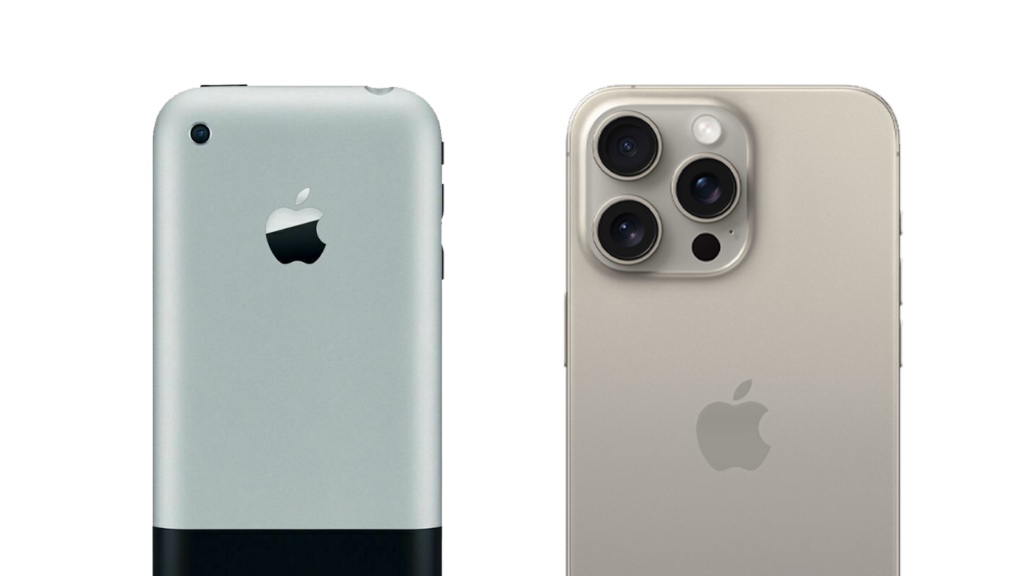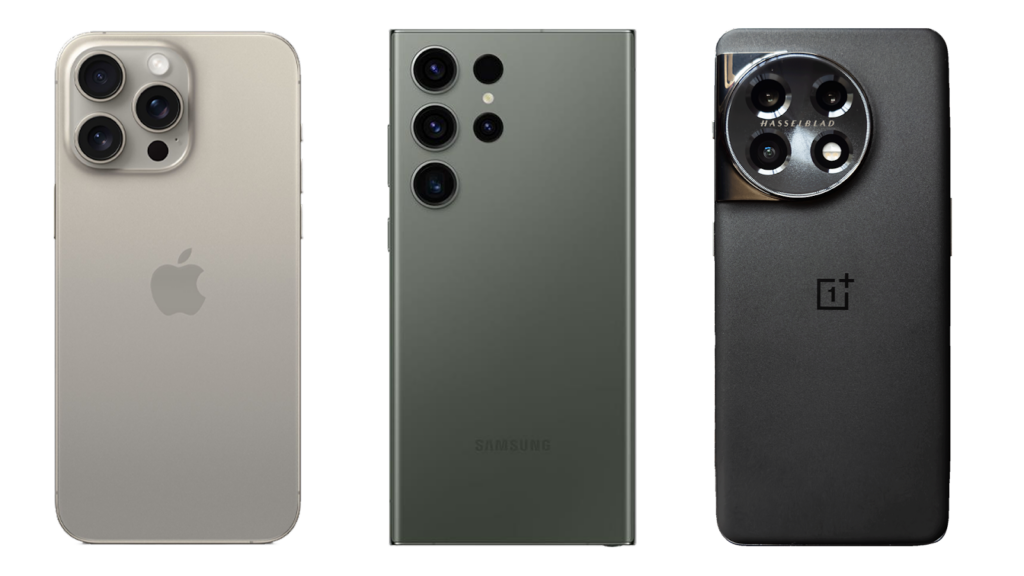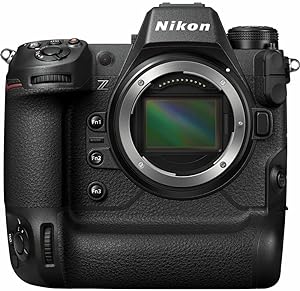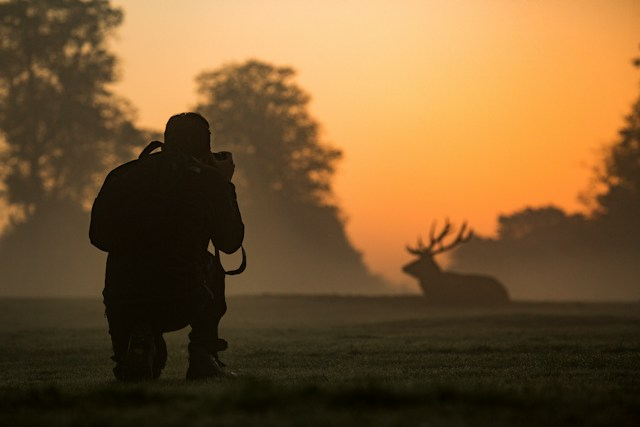With phone manufacturers competing on having the best mobile camera, smartphones now sport not one, not two, but three or more cameras. From the iconic triple camera design of iPhones to unconventional large circular layout of Android devices, manufacturers think of innovative ways to fit the best possible cameras on their phones.
Join us as we unravel the intriguing reasons behind why your pocket-sized gadget needs to boast a trio or quad combination of cameras.
How We End Up With Multi-Camera Setup
The evolution of smartphone cameras has been a remarkable story, progressing from simple single-lens setups to sophisticated multi-camera arrays with different focal lengths.
In the early days of iPhones and Android, smartphones only featured single cameras.

As technology advanced, phone manufacturers realized the limitations of single-lens systems, leading to the integration of multi-camera setups.
This also reflected the demands of consumers wanting superior imaging capabilities in their pocket-sized phones.
Why Are Multi-Camera Setups Important?
- Versatile Range of Focal Lengths (Ultra Wide Angle, Telephoto, Macro)
- Better Image Quality
- Depth Sensing (Portrait Mode / Augmented Reality)
- Optical & Digital Zoom
- Low Light Performance
- Improved Image Stabilization
The rise of social media is among the main reasons smartphone manufacturers focused on improving camera technology on their devices.
While it’s simple to use a large and high performance lens on smartphones, consumers also wanted thin and light phones, which limits the size of camera modules that can be used.

To combat this challenge, manufacturers make use of the larger width and height of phones by adding extra cameras.

With more cameras available, it became possible for smartphones to offer better zoom, HDR, portrait modes, low-light photography, and more.
Most Common Types Of Smartphone Camera

- Wide – captures a border field of view.
- Telephoto – offers optical zoom and focuses distant subjects.
- Macro – designed to offer super close-up shots with extreme detail.
- Standard/Primary – offer standard field of view and usually the camera with the best resolution and low light performance.
- Ultra Wide – expands the field of view even further than a wide angle lens.
- Depth Sensor/Time of Flight – measures the distance between the camera and objects in the scene.
How Can You Benefit From A Triple Camera Setup?
To help you understand multi-camera setups better, we’re going to give you a real life scenario using an iPhone 15 Pro Max.
The iPhone 15 Pro Max uses a triple-camera setup plus a TOF 3D LiDar scanner. Here’s how each camera can be used in real life scenarios:
Main Camera 48 MP 24mm (wide):

The main camera can be used to capture stunning landscapes, cityscapes, or group photos. The 48 MP resolution allows for detailed and vibrant images, making it suitable for various scenarios. It’s a great lens to use if you want to ensure that you don’t miss any details on your day-to-day photography.
Telephoto 12 MP 120mm:

You can take advantage of the telephoto lens to zoom in on distant landmarks, wildlife, or events without compromising image quality. The 120mm focal length provides optical zoom capabilities, allowing you to get close to the action.
Ultrawide 12 MP 13mm:

With the ultrawide lens, you can capture breathtaking panoramas, architectural wonders, and creative shots with unique perspectives. The 13mm focal length allows you to fit more into the frame, which can be ideal if the standard wide lens is not enough to capture the entire scene.

Overall, the iPhone 15 Pro Max offers a versatile toolkit for you to be able to adapt to different scenarios and capture a wide range of subjects with precision. Without the three cameras, you’ll surely be limited to what you can do and capture.
Conclusion
Without a multi-camera setup, we face limitations, choosing between standard, telephoto, or wide lenses. Multi-camera arrays give us versatile and portable options, ensuring high-quality photos tailored to our needs and eliminating the need to bring dedicated professional cameras.
It’s a revolutionary era where our pocket devices even rival professional photography capabilities, allowing us to capture important moments in great quality and detail.
Ever wondered why smartphones pack multiple cameras? While multiple lenses on phones improve casual photography, upgrading to a dedicated streaming camera could give you far superior image clarity and professional production capabilities, especially if you’re serious about vlogging or live streaming.
FAQs
Why did smartphone manufacturers initially stick to single-lens setups?
Smartphone manufacturers initially opted for single-lens setups mainly due to technology limitations and space constraints. However, as technology advanced, manufacturers found a way to develop multi-camera systems in compact sizes that allowed them to fit it at the back of thin phones.
How do each type of camera lens contribute to enhancing the overall photography experience on smartphones?
Each camera lens on your phone serves a distinct purpose. With this, there’s no need for a single lens to do all the work as there is a dedicated camera for normal photos, wide shots, zoom shots, and portraits. With different lenses available, the overall image quality is persevered.
For instance, a single camera phone uses digital zoom for zoom shots while a multi-camera system takes advantage of a telephoto lens to provide optical zoom with higher detail and quality.

































.png)








